Some of the most moving passages in the gospels take place in the twilight liminality of what we call Easter. The gospel writers didn’t have a name for it, certainly nothing like “Easter,” and the accounts were still fluid. Perhaps that is why the very human emotions of loss, grief, fear, and abandonment still read as powerful and fresh as they do. Over time, tradition and doctrine seeped in, the stories were tamed, cast in stone, calcified into articles of belief. The overpowering human desire for certainty is understandable: it anchors us in a world constantly in flux. But it also robs us of something equally as vital to our well-being: our sense of wonder and awe.
When, in Mark’s account, Mary Magdelene, Mary the mother of James, and Salome flee in terror when the angel talks and the tomb is empty, who among us does not identify with them? When, in the gospel of John, Mary Magdalene realizes she is talking to Jesus and she reaches for him: who among us does not feel the pang of wanting to cling to a loved one who has died?
All time is liminal; there are simply periods that our eyes are opened to the liminality we are inhabiting. Now is one of those times. The tug between certainty and dogma, on the one hand, and wonder and awe on the other is very, very hard to bear. Especially when that certainty and dogma turn insidious and controlling and de-humanizing. Easter is not a magic trick. It is the willing suspension of disbelief, the willing abandonment of certainty, the willing entry into the liminal. It is, ironically, the most human of stories. When we abandon certainty and embrace mystery, the tomb can become the womb.
***
This entry originally appeared in Wildhouse Publishing’s bi-monthly newsletter, WILDINGS, on April 2, 2025. Sign up for the newsletter here!

